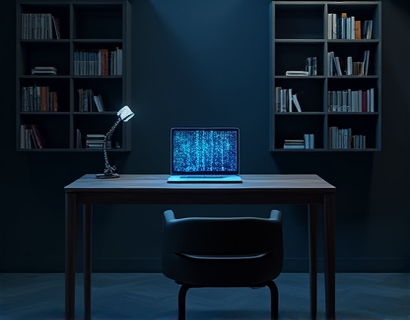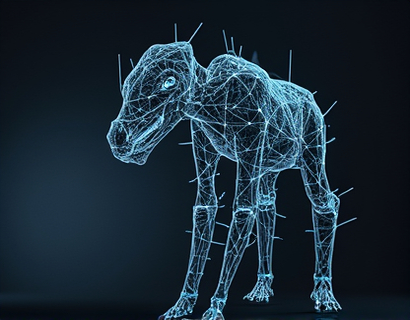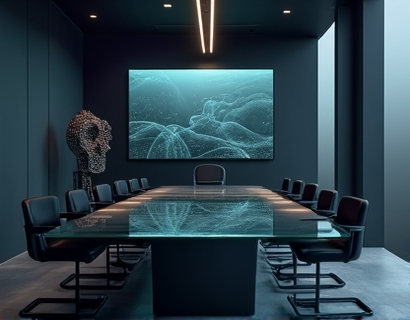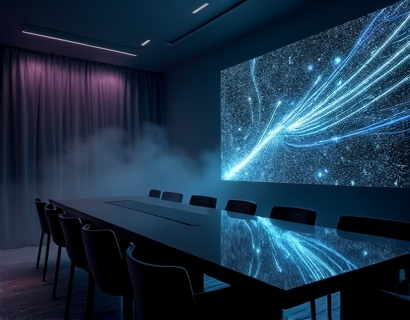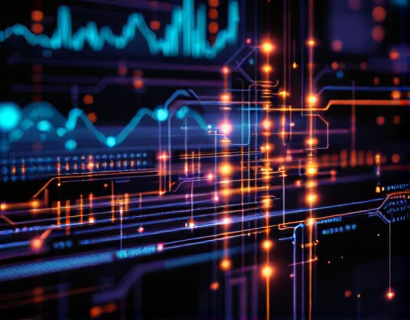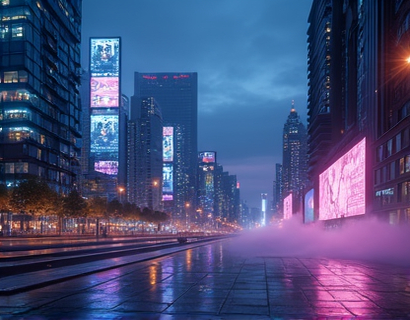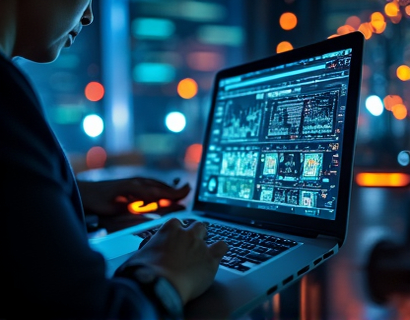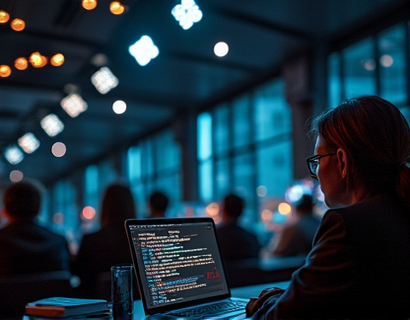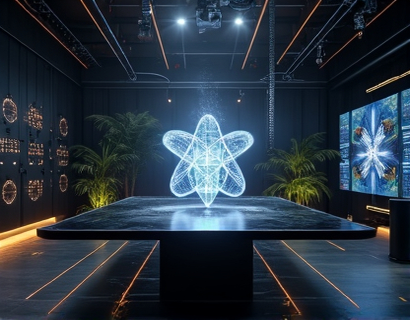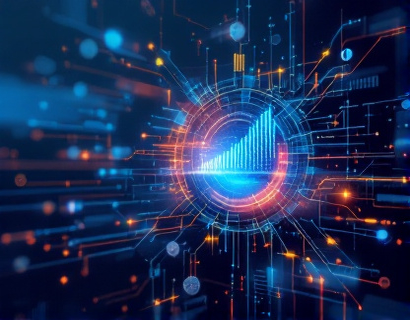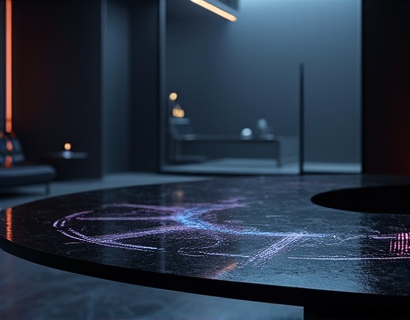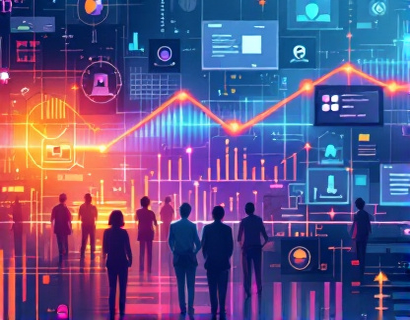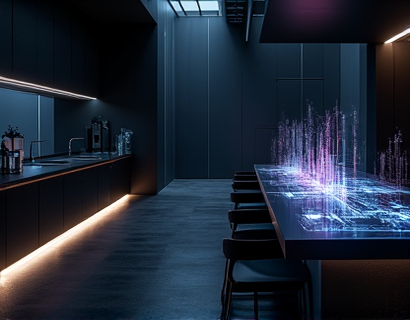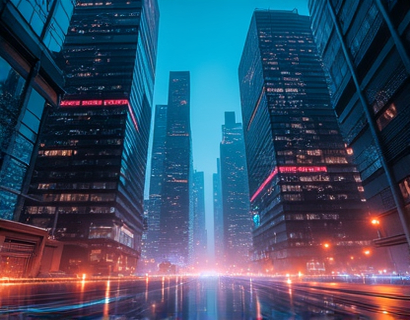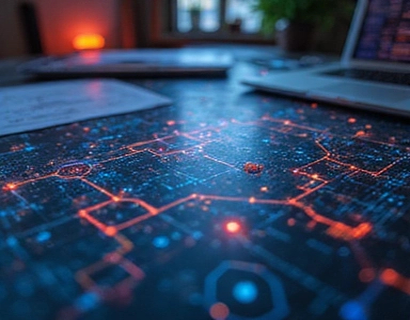Advanced AI Image Authentication: Ensuring Digital Content Integrity with Cutting-Edge Verification Technology
The rise of artificial intelligence has brought about unprecedented capabilities in content creation, but it has also introduced significant challenges in verifying the authenticity of digital images. As AI-generated and altered images become increasingly sophisticated, the need for advanced verification tools has never been more critical. This article delves into the world of advanced AI image authentication, exploring how cutting-edge verification technology is revolutionizing the way we ensure the integrity of digital media. Professionals across various fields, including digital media, content creation, brand management, security analysis, legal compliance, journalism, and education, can benefit from understanding these advanced methods. The goal is to provide a comprehensive overview of the technology, its applications, and its importance in safeguarding reputations and enhancing informed decision-making in an era where image manipulation is rampant.
The Need for Advanced Image Verification
The proliferation of AI-generated images and deepfakes has created a landscape where the authenticity of visual content is often questioned. Traditional methods of verification, such as manual inspection and basic software tools, are no longer sufficient to detect sophisticated alterations. The consequences of unverified images can be severe, ranging from brand damage and legal issues to misinformation and security breaches. Advanced AI image authentication addresses these challenges by providing robust, reliable, and scalable solutions to verify the authenticity of digital images.
How AI Image Authentication Works
Advanced AI image authentication leverages machine learning algorithms and deep learning techniques to analyze images at a pixel level. These algorithms are trained on vast datasets of both authentic and manipulated images, enabling them to identify subtle patterns and anomalies that indicate alterations or AI generation. The process typically involves several key steps:
- Image Analysis: The system examines the image's metadata, structure, and content to identify potential signs of manipulation.
- Feature Extraction: Key features such as texture, color, and edge consistency are extracted and compared against known patterns of authentic images.
- Pattern Recognition: Machine learning models recognize patterns indicative of AI-generated content, such as inconsistencies in lighting, shadows, and reflections.
- Confidence Scoring: The system assigns a confidence score to the verification result, indicating the likelihood of the image being authentic or manipulated.
These advanced techniques allow for a high degree of accuracy in detecting even the most sophisticated image alterations, providing users with reliable insights into the authenticity of visual content.
Applications Across Various Fields
The applications of advanced AI image authentication are diverse and far-reaching, benefiting multiple industries and professionals:
Digital Media and Content Creation
In the digital media and content creation sectors, ensuring the authenticity of images is crucial for maintaining credibility and trust. Creators can use advanced verification tools to authenticate their work, protect their intellectual property, and prevent unauthorized alterations. This is particularly important in industries where visual content is a primary medium, such as advertising, entertainment, and social media.
Brand Management
Brands are increasingly vulnerable to reputation damage caused by manipulated images. Advanced AI image authentication helps brands monitor and verify visual content across various platforms, ensuring that their brand image remains intact. By detecting and addressing manipulated images promptly, brands can prevent crises and maintain consumer trust.
Security Analysis
In the realm of security analysis, the verification of visual evidence is paramount. Law enforcement and intelligence agencies can utilize advanced image authentication tools to verify the authenticity of evidence, such as photos and videos, in investigations. This helps in building strong, evidence-based cases and preventing the spread of false information that could compromise security operations.
Legal Compliance
Legal professionals and compliance teams rely on the integrity of visual evidence in court and regulatory proceedings. Advanced AI image authentication provides a reliable means to verify the authenticity of documents and evidence, ensuring that legal processes are based on genuine information. This enhances the credibility of legal arguments and supports fair and just outcomes.
Journalism
Journalists face significant challenges in verifying the authenticity of visual content, especially in an era of misinformation. Advanced image authentication tools empower journalists to fact-check images and videos, ensuring that their reports are based on accurate and trustworthy sources. This not only enhances the credibility of journalistic work but also helps in combating the spread of fake news.
Education
In educational settings, verifying the authenticity of images used in research, presentations, and publications is essential for academic integrity. Students and educators can use advanced verification tools to ensure that visual materials are genuine, promoting honest and responsible use of media in educational contexts.
Benefits of Advanced AI Image Authentication
The adoption of advanced AI image authentication offers numerous benefits across various fields:
Enhanced Trust and Credibility
By ensuring the authenticity of visual content, organizations can build and maintain trust with their audiences. This is particularly important in industries where credibility is paramount, such as journalism, legal compliance, and brand management.
Improved Decision-Making
Accurate verification of images leads to better-informed decisions. Professionals can rely on verified visual evidence to make strategic choices, conduct investigations, and develop policies, reducing the risk of errors based on false information.
Proactive Reputation Management
Advanced image authentication enables proactive measures to protect brand reputations. By detecting and addressing manipulated images early, organizations can prevent potential crises and maintain a positive public image.
Legal and Compliance Assurance
In legal and compliance contexts, verified visual evidence is crucial for upholding the integrity of processes and outcomes. Advanced authentication tools provide a solid foundation for legal and regulatory adherence, reducing the risk of legal issues and sanctions.
Challenges and Considerations
While advanced AI image authentication offers significant advantages, there are also challenges and considerations to keep in mind:
Technical Complexity
The implementation and operation of advanced image authentication systems require technical expertise. Organizations must invest in skilled personnel or partner with technology providers to ensure effective deployment and maintenance.
False Positives and Negatives
No system is infallible, and there is a possibility of false positives (authentic images flagged as manipulated) and false negatives (manipulated images not detected). Continuous refinement and updates to the algorithms are necessary to minimize these errors.
Privacy Concerns
The use of advanced image authentication tools may raise privacy concerns, especially when dealing with personal or sensitive images. It is essential to adhere to privacy regulations and ethical guidelines to protect individuals' rights.
Future Trends in AI Image Authentication
The field of AI image authentication is rapidly evolving, with several trends shaping its future:
Increased Integration with Other Technologies
We can expect greater integration of AI image authentication with other technologies, such as blockchain for immutable verification records and augmented reality for enhanced visual analysis.
Improved User Accessibility
As the technology matures, user-friendly interfaces and cloud-based solutions will make advanced image authentication more accessible to a broader range of users, including those with limited technical expertise.
Regulatory Frameworks
Governments and regulatory bodies may develop specific frameworks and standards for AI image authentication to ensure consistency and reliability across industries.
Conclusion
Advanced AI image authentication represents a significant advancement in ensuring the integrity of digital content. By leveraging cutting-edge verification technology, professionals across various fields can navigate the complexities of image manipulation and AI creation with confidence. As the technology continues to evolve, its adoption will become increasingly essential for maintaining trust, credibility, and legal compliance in an era where visual content plays a pivotal role.





